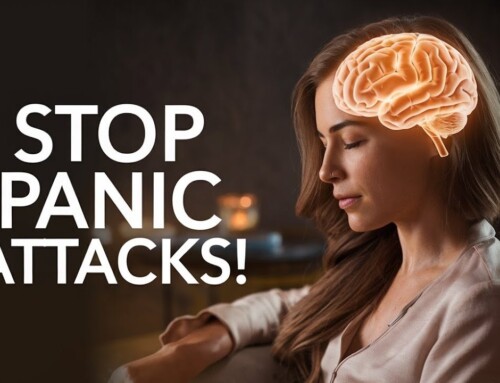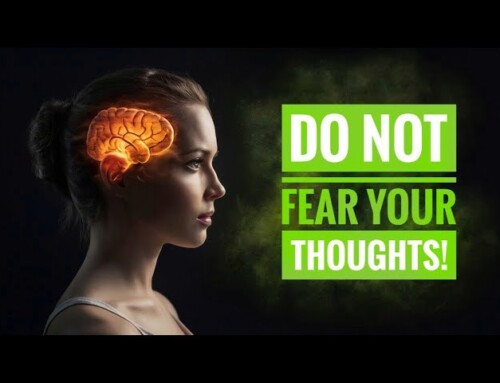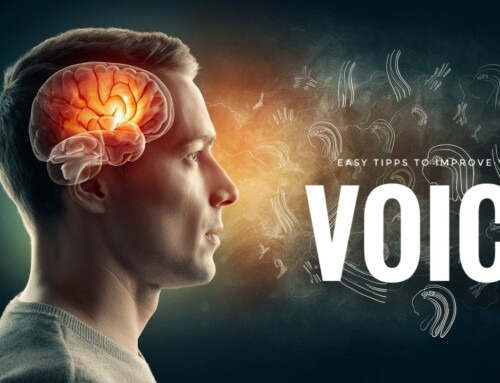Approximately 5% of all people in Europe suffer from agoraphobia at least once in their lives (the 12-month prevalence is about 2%; Wittchen and Hoyer, 2011). Due to fear (of panic attacks or other symptoms), sufferers avoid e.g. department stores, cinemas, public transport, crowds, confined or enclosed spaces, and car journeys. Many almost never leave their own home because of the fear. Fortunately, from numerous studies we can derive clear tips on how to cope with the anxiety in the long term…
__________________
Studies and books (only a small selection; all further studies can be found in the book: “Angst – was hilft wirklich?”):
Burck, E. (2019). Angst-Was hilft wirklich gegen Angst und Panikattacken?: Die effektivsten Strategien gegen Angst und Panik aus Sicht der Forschung. BoD–Books on Demand.
Broocks, A., Bandelow, B., Pekrun, G., George, A., Meyer, T., Bartmann, U., … & Rüther, E. (1998). Comparison of aerobic exercise, clomipramine, and placebo in the treatment of panic disorder. American Journal of Psychiatry, 155(5), 603-609.
Gaudlitz, K., Plag, J., Dimeo, F., & Ströhle, A. (2015). Aerobic exercise training facilitates the effectiveness of cognitive behavioral therapy in panic disorder. Depression and anxiety, 32(3), 221-228.
Ito, L. M., De Araujo, L. A., Tess, V. L. C., de Barros-Neto, T. P., Asbahr, F. R., & Marks, I. (2001). Self-exposure therapy for panic disorder with agoraphobia: randomised controlled study of external v. interoceptive self-exposure. The British Journal of Psychiatry, 178(4), 331-336.
Meuret, A. E., Wolitzky-Taylor, K. B., Twohig, M. P., & Craske, M. G. (2012). Coping skills and exposure therapy in panic disorder and agoraphobia: latest advances and future directions. Behavior therapy, 43(2), 271-284.
Southworth, S., & Kirsch, I. (1988). The role of expectancy in exposure-generated fear reduction in agoraphobia. Behaviour Research and Therapy, 26(2), 113-120.
Ströhle, A., Feller, C., Onken, M., Godemann, F., Heinz, A., & Dimeo, F. (2005). The acute antipanic activity of aerobic exercise. American Journal of Psychiatry, 162(12), 2376-2378.
Ströhle, A., Stoy, M., Graetz, B., Scheel, M., Wittmann, A., Gallinat, J., … & Hellweg, R. (2010). Acute exercise ameliorates reduced brain-derived neurotrophic factor in patients with panic disorder. Psychoneuroendocrinology, 35(3), 364-368.
Ströhle, A., Graetz, B., Scheel, M., Wittmann, A., Feller, C., Heinz, A., & Dimeo, F. (2009). The acute antipanic and anxiolytic activity of aerobic exercise in patients with panic disorder and healthy control subjects. Journal of psychiatric research, 43(12), 1013-1017.
Webb, T. L., Miles, E., & Sheeran, P. (2012). Dealing with feeling: a meta-analysis of the effectiveness of strategies derived from the process model of emotion regulation. Psychological bulletin, 138(4), 775.





